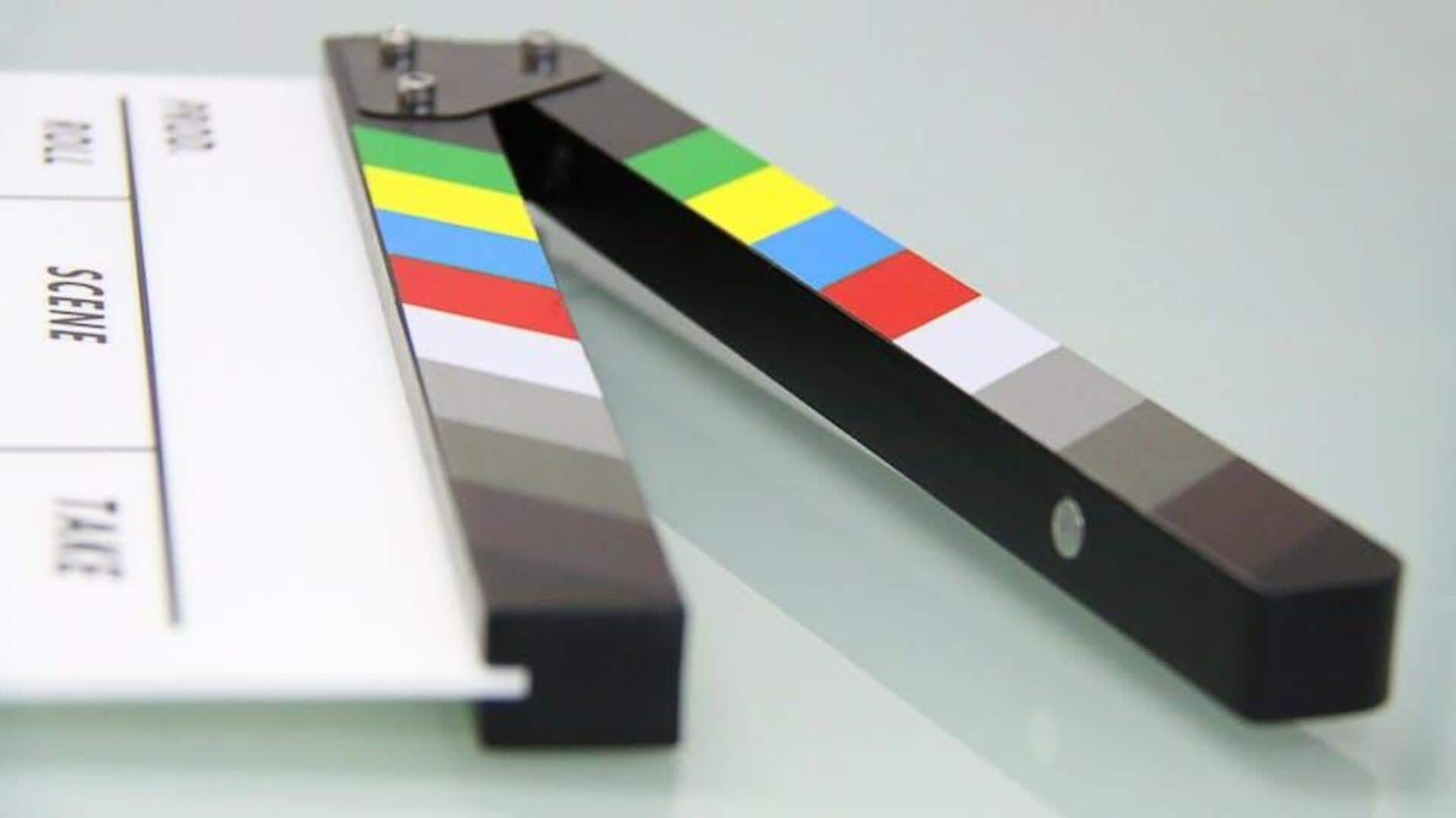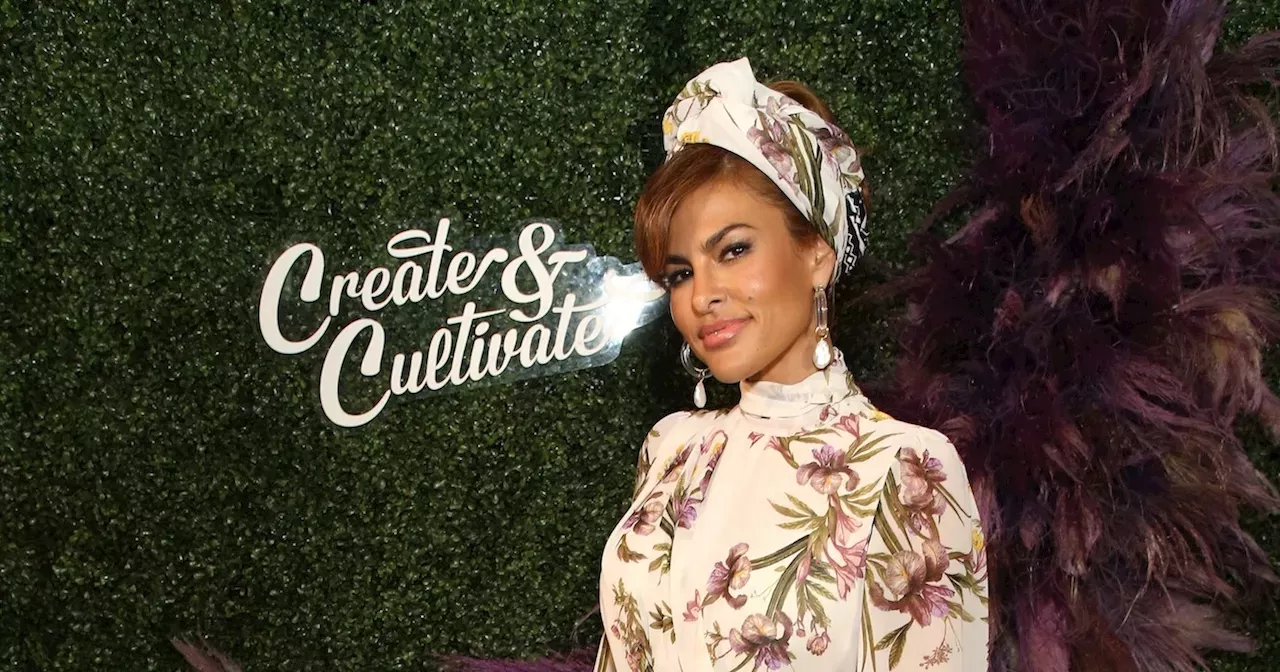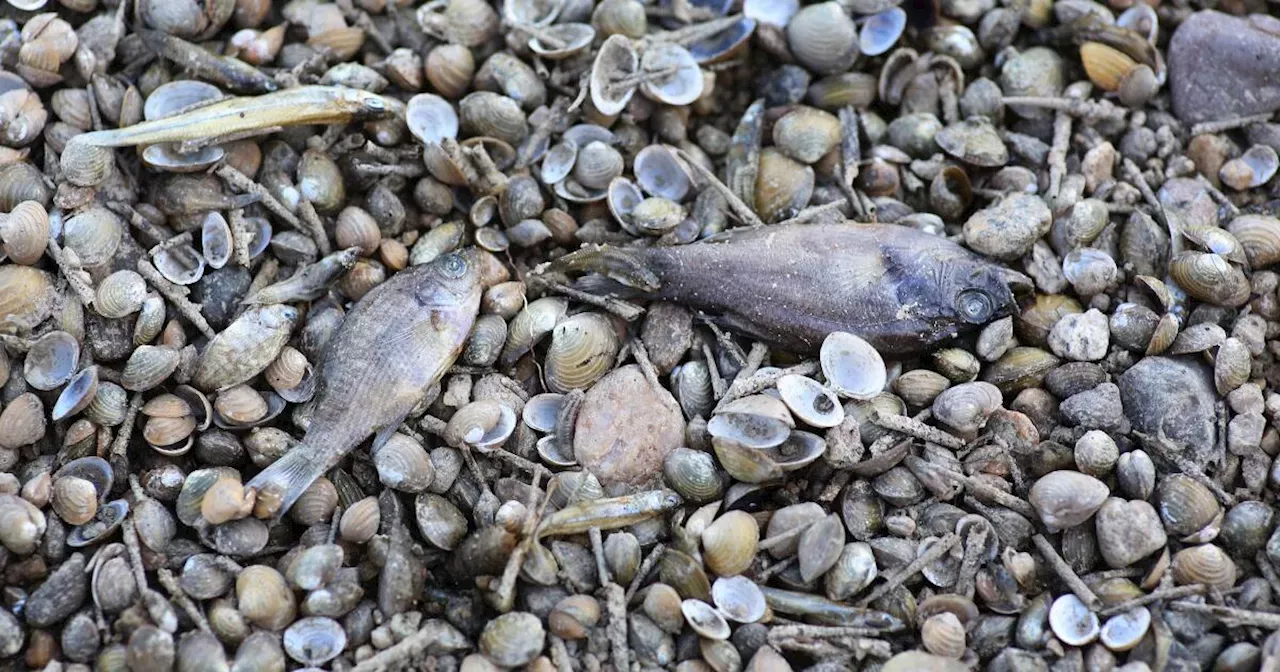Last year, Boris Eldagsen raised awareness of AI photography by winning the prestigious Sony World Photography Award in the creative open category with his computer-generated image. The German's winning photo, Pseudomnesia: The Electrician, depicts two women of different ages in a retro style of black and white. After Eldagsen revealed that the photo was AI-generated, he declined to accept the award and said he wanted to have a discussion about what is considered photography and what is not.
This event inspired Akkara Naktamna, a photographer and curator, to create the exhibition "Photography Never Lies" to showcase how advanced technology has created many new possibilities and ask, how much can we believe of what we see? As a photographer, Akkara considers AI a tool since he also uses it to create art. "In the past, artists created pictures from paintbrush and canvas. The invention of the camera was revolutionary, but cameras still rely on light to create photos.

AI is a tool that does not rely on light," said Akkara. A collection of AI-generated images by Eldagsen is on display at the entrance of the exhibition. Akkara pointed out that during its early years, AI could not create five fingers for one hand.
The photographs showed only four fingers on one hand. However, technology has developed rapidly and currently, it is difficult to differentiate AI-generated images from photos taken by humans. Therefore, aside from showcasing photos created by AI technology, the exhibition also features human pictures.
Pseudomnesia: The Electrician by Boris Eldagsen. Bangkok Art and Culture Centre (BACC) Manit Sriwanichpoom, a prominent photographer, created the collection Masters, which presents blurry portrait photos of seven famous monks. The portraits look like they are of real monks, but they are actually portraits of 30cm resin and plastic figures.
The out-of-focus images were deliberate to raise questions about commercial Buddhism and what is the real essence of Buddhism. Loanna Sakellaraki is a Greek visual artist and researcher. Her work features photography, collages and embroidery.
Sakellaraki said that she tried to make a connection between the archive of her father who was a sailor and the history of Melbourne, Australia, where she lives now. "I used the pearl as a symbol because in my father's archive, his ex-wife was always pictured wearing pearl necklaces. The pearl symbolises love and betrayal because my father had a secret which I did not know about," said Sakellaraki.
"I also studied the pearl history archives during my PhD. I researched how indigenous people were involved in the pearl industry since they were divers. They were actually forced to dive to look for pearls.
The collection is a whole narrative that begins with the story of my father as a sailor." Photo collections created by two artists -- Leslie Shang Zhefeng from China and Maria Mavropoulou from Greece -- are displayed on opposite walls. Akkara explained that both collections are results of the artists tracing their family roots.
Masters by Manit Sriwanichpoom. jukkrit.han Leslie Shang Zhefeng traced his family tree to four generations.
He travelled to a rural village in western China to collect information from his mother and relatives and his photographs were created based on old photos, videos and interviews. Mavropoulou gathered information from her mother and used AI to generate family photos as well as a photo of their old house. Before displaying the collection, the artist checked with her mother to see whether the AI-generated images were similar to that of the real individuals and the original house.
The collection questions if people can recreate their own history. The photo collection Traits Of Absence was created by Myanmar artist Sai. He uses a black square after his name which refers to censorship in Myanmar.
Traits Of Absence was created after his father was arrested and disappeared while his mother was imprisoned after a military coup. Sai escaped from Myanmar and sought help from international organisations in other countries, but received no response. To express his anger, Sai sneaked back into Myanmar to create Traits Of Absence.
Each photo in the collection was torn to represent his pain and rage since other countries had turned a deaf ear to his request. Created by Singaporean artist Robert Zhao Renhui, Singapore Crocodile features five black and white photos in wooden frames. The collection depicts the capture of what was thought to be Singapore's last crocodile.
There is one original photo, but the others are computer-generated to expand the historical details. Loanna Sakellaraki's work features photography, collages and embroidery. Bangkok Art and Culture Centre (BACC) Miti Ruangkritya presents how technology can affect artwork by generating Bliss, the wallpaper image on Windows XP.
Bliss is an image of a green hill contrasting a blue sky on the horizon. Akkara, the curator, explained that Miti used an AI tool in two capacities. First, AI was used to generate the green hills and blue sky in Bliss through text descriptions.
Then, the artist used the AI-generated text description and transformed it into a photo. Miti repeated these two processes several times resulting in a long row of photos. The final photo is totally different from the original photo since it was now an image of a desert.
"This experiment shows that AI tools can be skewed, but I believe that in the near future, AI will be able to create more accurate results," Akkara commented. Napasraphee Apaiwong is a photographer and artist who also created photographs using AI. He started using AI when his camera was out of order.
Napasraphee discovered that AI tools allowed him to have freedom of creation. "I used to have difficulty when I had to use models in my work. Some models expect to be beautiful in the photos, so they can use the images in their portfolios.
However, for me, models are elements in photos, so I may use some parts of them to complete my work, but some of them did not understand my objective. AI does not have this issue. The advantage of AI is it can produce many photos and it makes many ideas possible.
I now do not take still photos any more, but I use a camera to create videos since AI is rather limited in that," explained Napasraphee. AI-generated images are created by choosing images from an AI database and sources include websites, social media platforms and photographic data. Thus, there is a question of whether computer-generated images violate copyright laws.
Napasraphee said that people should look at the final result. If the final result does not look like any photo or artwork, there should not be any problem. Traits Of Absence by Myanmar artist Sai.
jukkrit.han Akkara accepted that AI and copyright issues are still being discussed and each country has different measures and opinions on this issue. As the exhibition curator, Akkara hopes that people do not immediately reject AI-generated images as art.
"This exhibition was organised to help the public understand that the art of photography is broader than many people think. I hope that people do not refuse to accept computer-generated images as art. I also hope that people will discuss issues related to AI such as copyright issues and find a solution together.
AI images are now a reality and can be useful to the photography community in Thailand, but it depends on how the community views it." "Photography Never Lies" runs at the main exhibition gallery, 7th floor of Bangkok Art and Culture Centre, until Sept 8. Admission is free.
For more information, visit facebook.com/baccpage. Maria Mavropoulou used AI to generate family photos.
jukkrit.han Napasraphee Apaiwong created these photographs using AI. jukkrit.
han Singapore Crocodile by Robert Zhao Renhui. jukkrit.han.



















